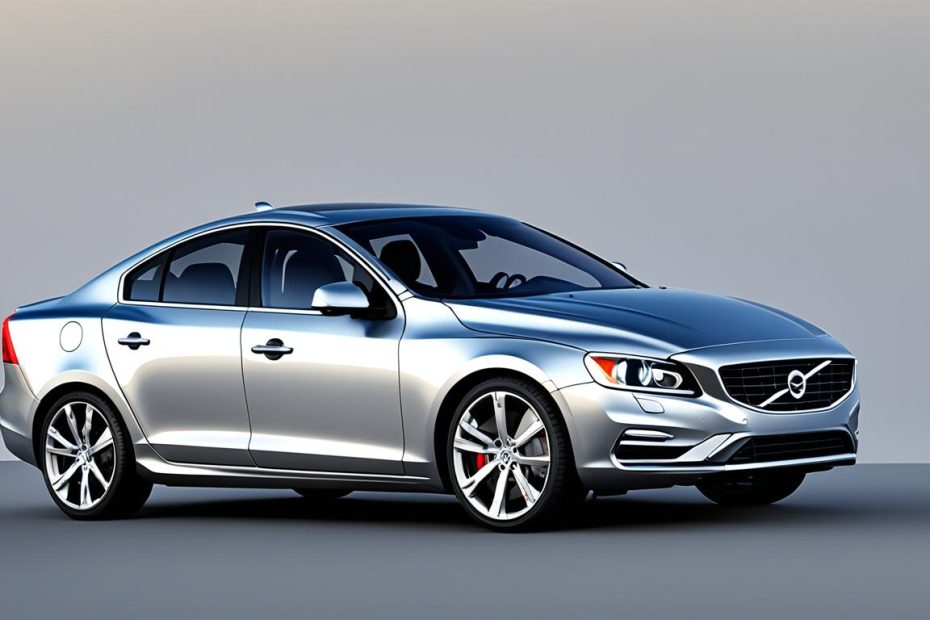Welcome to our comprehensive guide on the weight of the Volvo S60. If you’re a car enthusiast or considering purchasing a Volvo S60, understanding its weight is crucial. In this article, we’ll explore the specifics of the Volvo S60’s weight, how it impacts performance and efficiency, and everything you need to know as a potential buyer.
So, let’s dive in and uncover the facts about the weight of the Volvo S60. Understanding this aspect will provide you with valuable insights into why it performs the way it does and how it can enhance your driving experience.
Understanding the Weight of the Volvo S60
The weight of a car plays a crucial role in its overall performance and efficiency. The Volvo S60, known for its exceptional engineering and design, boasts a well-balanced weight distribution that enhances its performance on the road. To truly appreciate the capabilities of this sedan, it is essential to understand how its weight is distributed and the factors that contribute to it.
The Weight Distribution
The Volvo S60 has been meticulously engineered to achieve optimal weight distribution. The weight is strategically distributed between the front and rear axles, ensuring stability and precise handling. This balanced distribution allows the car to maintain excellent traction and control, enhancing both performance and safety.
Factors Contributing to the Weight
Several factors contribute to the overall weight of the Volvo S60. The body structure, designed with high-strength steel and advanced lightweight materials, achieves a perfect balance between rigidity and weight reduction. Additionally, features such as advanced safety systems, luxurious amenities, and cutting-edge technology contribute to the overall weight of the vehicle.
“The weight distribution of the Volvo S60 is optimized to deliver a dynamic driving experience while maintaining a high level of safety.”
With the weight of the Volvo S60 evenly distributed and a focus on incorporating lightweight materials, the sedan achieves a harmonious balance between performance and efficiency. The result is a car that excels in both speed and fuel economy, providing drivers with a thrilling experience without compromising on efficiency.

As we delve deeper into the performance implications and efficiency considerations of the Volvo S60’s weight in the upcoming sections, we will gain a comprehensive understanding of how this sedan excels in various aspects. Stay tuned for more insights!
Performance Implications of the Volvo S60 Weight
The weight of the Volvo S60 plays a crucial role in determining its overall performance. Understanding how weight affects acceleration, handling, and the driving experience is essential for car enthusiasts and potential buyers.
When it comes to acceleration, the weight of the Volvo S60 directly impacts its ability to reach higher speeds quickly. A lighter vehicle tends to have better acceleration, allowing for a more dynamic driving experience. On the other hand, a heavier car may experience some delays in acceleration due to increased inertia.
The weight distribution of the Volvo S60 also contributes to its handling characteristics. A well-balanced weight distribution translates into improved stability and control on the road. By properly distributing the weight, Volvo has designed the S60 to deliver a confident and responsive driving experience.
Furthermore, the weight of the Volvo S60 influences its overall driving experience. A lighter car is generally more nimble and agile, allowing for precise maneuvers and enjoyable cornering. Conversely, a heavier vehicle may feel more grounded and provide a smoother ride, especially on rougher terrains.
“The weight of the Volvo S60 directly affects its performance, from acceleration to handling. By carefully considering the impact of weight on these aspects, Volvo has created a car that delivers a balanced and exhilarating driving experience.”
Optimizing Performance: Weight Reduction Strategies
To enhance the performance of the Volvo S60, manufacturers have implemented various strategies to reduce weight while maintaining structural integrity and safety standards. These strategies include the use of lightweight materials such as aluminum, carbon fiber, and high-strength steel in the construction of the car’s body and chassis.
By utilizing advanced engineering techniques, including computer-aided design and simulation, Volvo has managed to achieve an optimal balance between weight reduction and maintaining safety standards. This allows the S60 to offer a lightweight and efficient driving experience without compromising on passenger protection.
By focusing on optimizing weight and performance, Volvo demonstrates its commitment to providing a driving experience that combines power, efficiency, and safety.
| Performance Factor | Implication |
|---|---|
| Acceleration | A lighter weight contributes to faster acceleration and improved responsiveness. |
| Handling | A balanced weight distribution enhances stability and control on the road. |
| Driving Experience | A lighter car offers agility and nimbleness, while a heavier car provides a smoother ride. |
Efficiency Considerations of the Volvo S60 Weight
When it comes to fuel efficiency, the weight of a car plays a crucial role. The Volvo S60 is no exception. The weight of the vehicle affects its fuel consumption, and understanding this correlation is essential for those looking to optimize efficiency.
As the Volvo S60 weight increases, so does the amount of energy required to move the vehicle. This means that a heavier car will consume more fuel to cover the same distance compared to a lighter one. However, Volvo engineers have implemented various strategies to counterbalance the weight and enhance efficiency.
One such strategy is the use of lightweight materials in key areas of the car’s construction. By incorporating materials such as high-strength steel and aluminum alloys, Volvo has reduced the weight of the Volvo S60 without compromising its structural integrity and safety features.
Furthermore, the Volvo S60 is equipped with advanced technologies that help optimize fuel efficiency. Features like regenerative braking and engine start-stop systems intelligently manage energy consumption, ensuring that the car operates at maximum efficiency while reducing fuel consumption.
